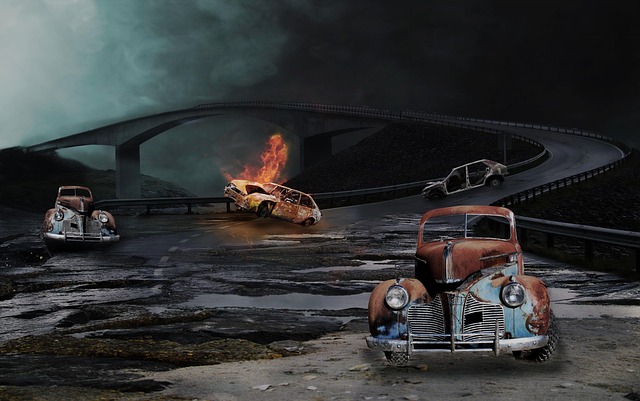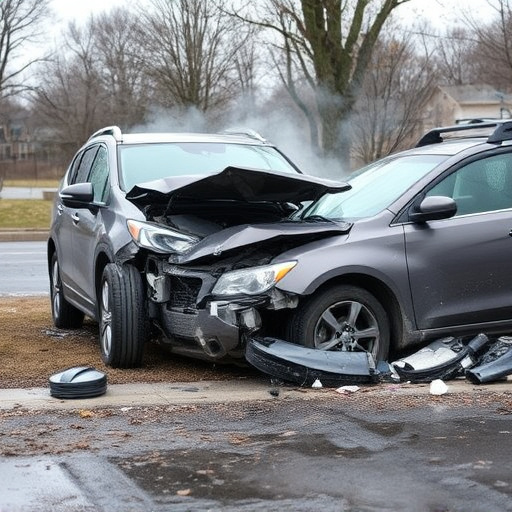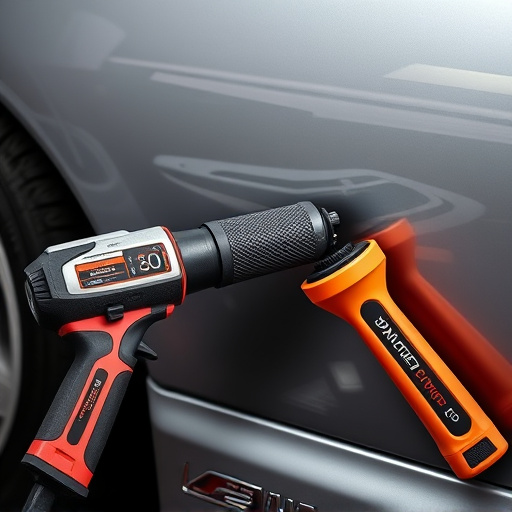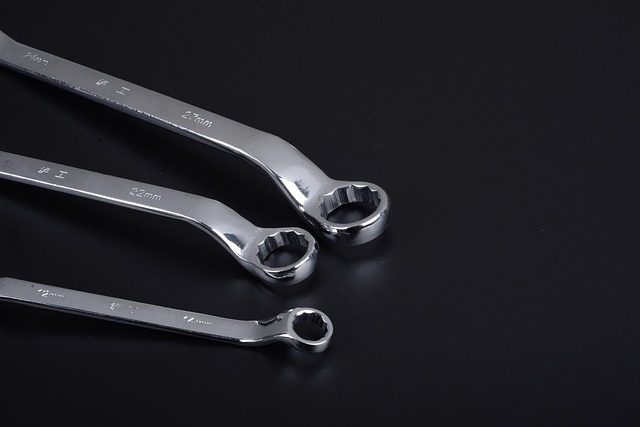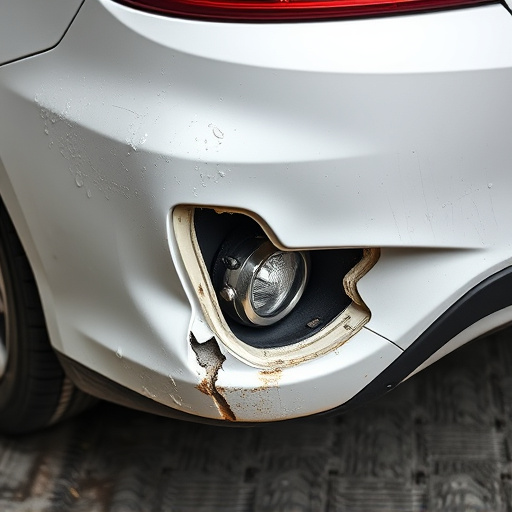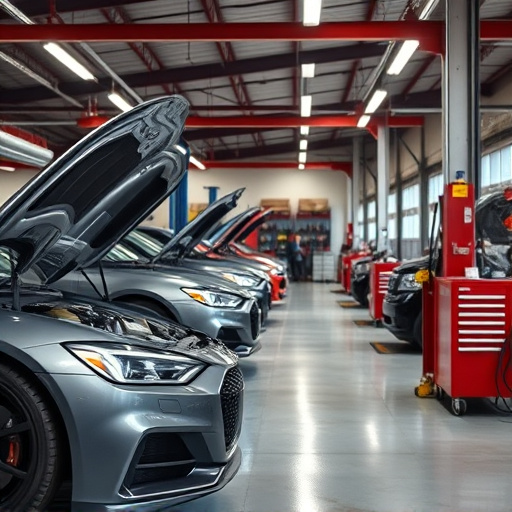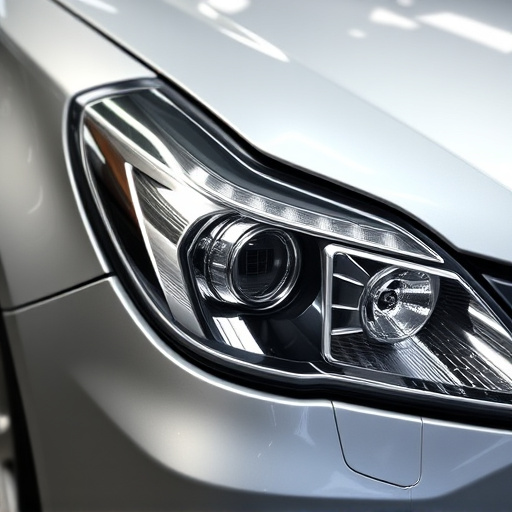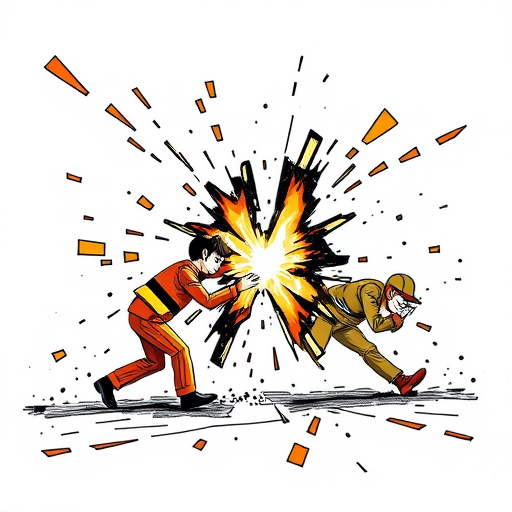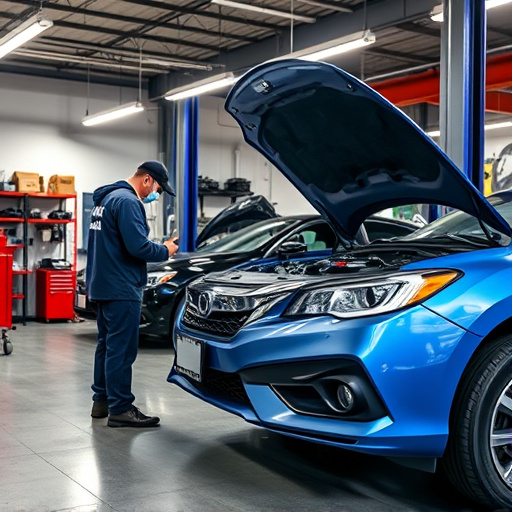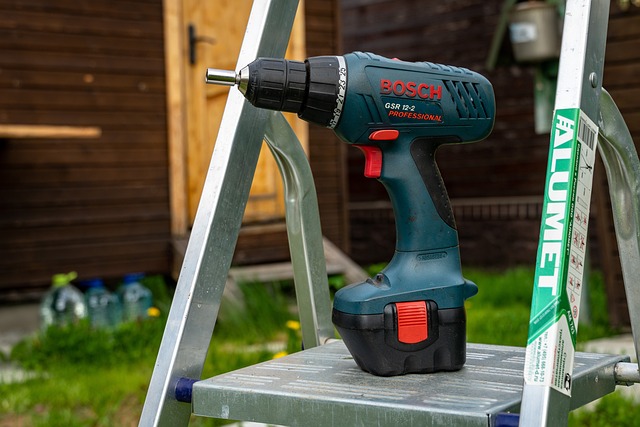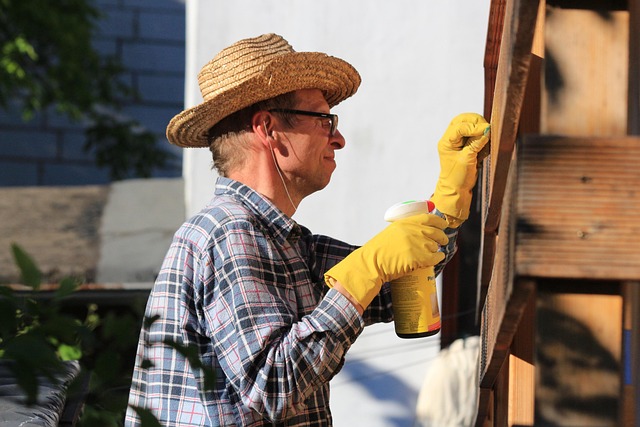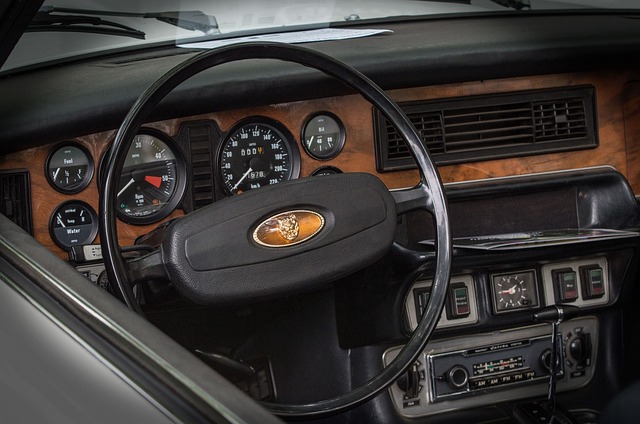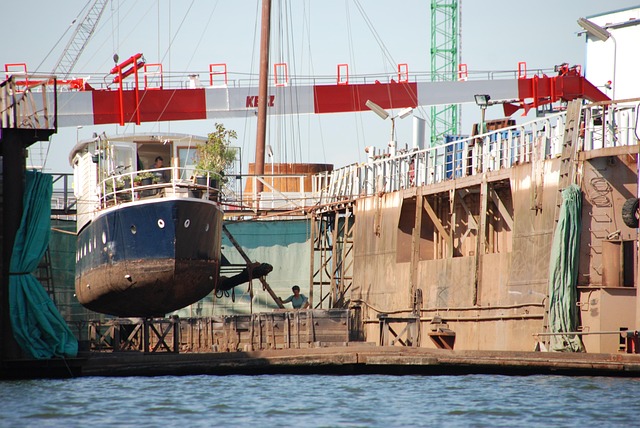Auto body insurance coverage denials can result from policy misinterpretation or legitimate claims exceeding limits. Policyholders should act swiftly upon denial, reviewing reasons and checking policy terms. Gathering comprehensive documentation—including photos, estimates, and communication—is crucial for disputing denials and ensuring fair compensation for auto collision repairs within policy parameters.
Are you facing a denial for your auto body repair claims? Understanding when to dispute an auto body insurance coverage denial is crucial. This guide breaks down the process, helping you navigate through complex policies and terms. We explore key signs indicating a denial is unjustified, guiding you on evaluating your options and effectively disputing the claim. By mastering these steps, you can ensure fair compensation for necessary auto body repairs.
- Understanding Auto Body Insurance Coverage Denials
- When to Take Action: Evaluating Your Options
- Navigating the Dispute Process Effectively
Understanding Auto Body Insurance Coverage Denials
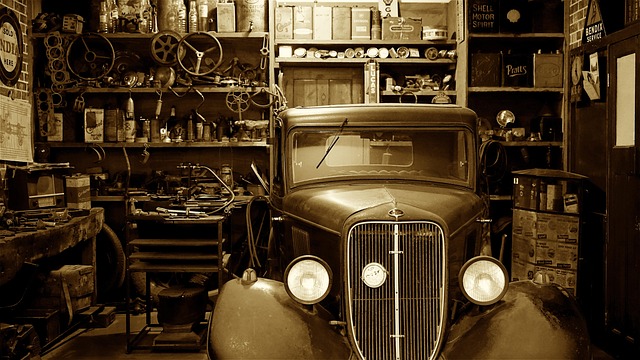
Auto body insurance coverage denials can occur for a variety of reasons, from misconstrued policy terms to legitimate claims that fall outside the scope of your policy. Understanding these denials is crucial before deciding whether or not to dispute them. If your claim involves something as minor as a car scratch repair or as significant as frame straightening after an auto collision repair, it’s important to read your policy closely and confirm what is covered.
Policyholders should be aware that denials can happen when the damage is deemed minimal, when there’s a pre-existing condition, or if the claim exceeds the limits of their coverage. Knowing these potential hurdles will help you navigate the process effectively. If you believe your claim was wrongly denied and falls within the parameters of your auto body insurance coverage, disputing it may be a necessary step to ensure you receive the compensation you’re entitled to for quality auto collision repair services.
When to Take Action: Evaluating Your Options
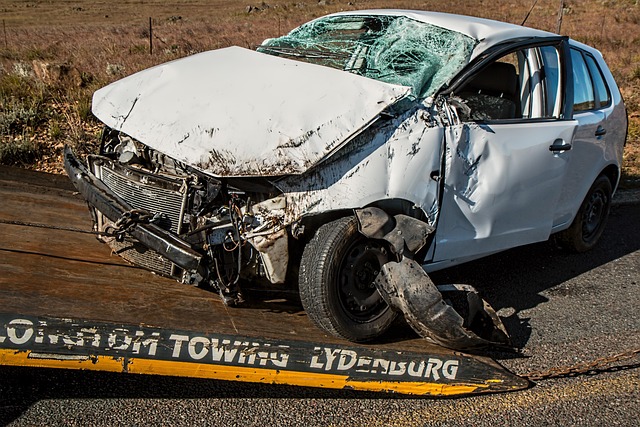
When faced with an auto body insurance coverage denial, it’s important to act swiftly but strategically. The first step is to thoroughly review the reasons provided by your insurance company. If the denial is due to a perceived minor damage that you believe should be covered under your policy, or if there are discrepancies in the assessment of repairs, such as alternative parts being recommended instead of factory-original ones, it could warrant further investigation.
Evaluating your options means understanding your policy’s terms and conditions. Check if the denial aligns with your coverage limits and deductibles. Consider seeking a second opinion from another reputable collision center to assess whether their repair estimates are more reasonable and in line with industry standards. If you believe there was an error or misunderstanding, don’t hesitate to dispute it. Keep records of all communication and documentation related to the claim process to strengthen your case.
Navigating the Dispute Process Effectively

Navigating the dispute process effectively is crucial when dealing with an auto body coverage denial. The first step involves understanding your policy and the reasons behind the denial. Review your insurance documents thoroughly, noting the terms related to auto body services and specific exclusions or limitations. This knowledge will empower you to challenge the decision confidently.
Next, gather all necessary documentation pertaining to the automotive collision repair. Take photos of the damaged car bodywork, keep records of estimates from different auto body shops, and retain any communication with your insurance provider. Presenting concrete evidence can significantly strengthen your case. Remember, staying organized and persistent throughout the process is key to a successful dispute resolution.
Knowing when and how to dispute an auto body insurance coverage denial is crucial for ensuring you receive the necessary repairs. By understanding your policy, evaluating your options, and effectively navigating the dispute process, you can advocate for your rights as a policyholder. Remember, timely action and thorough documentation are key to a successful outcome, helping you restore your vehicle to its pre-accident condition.
